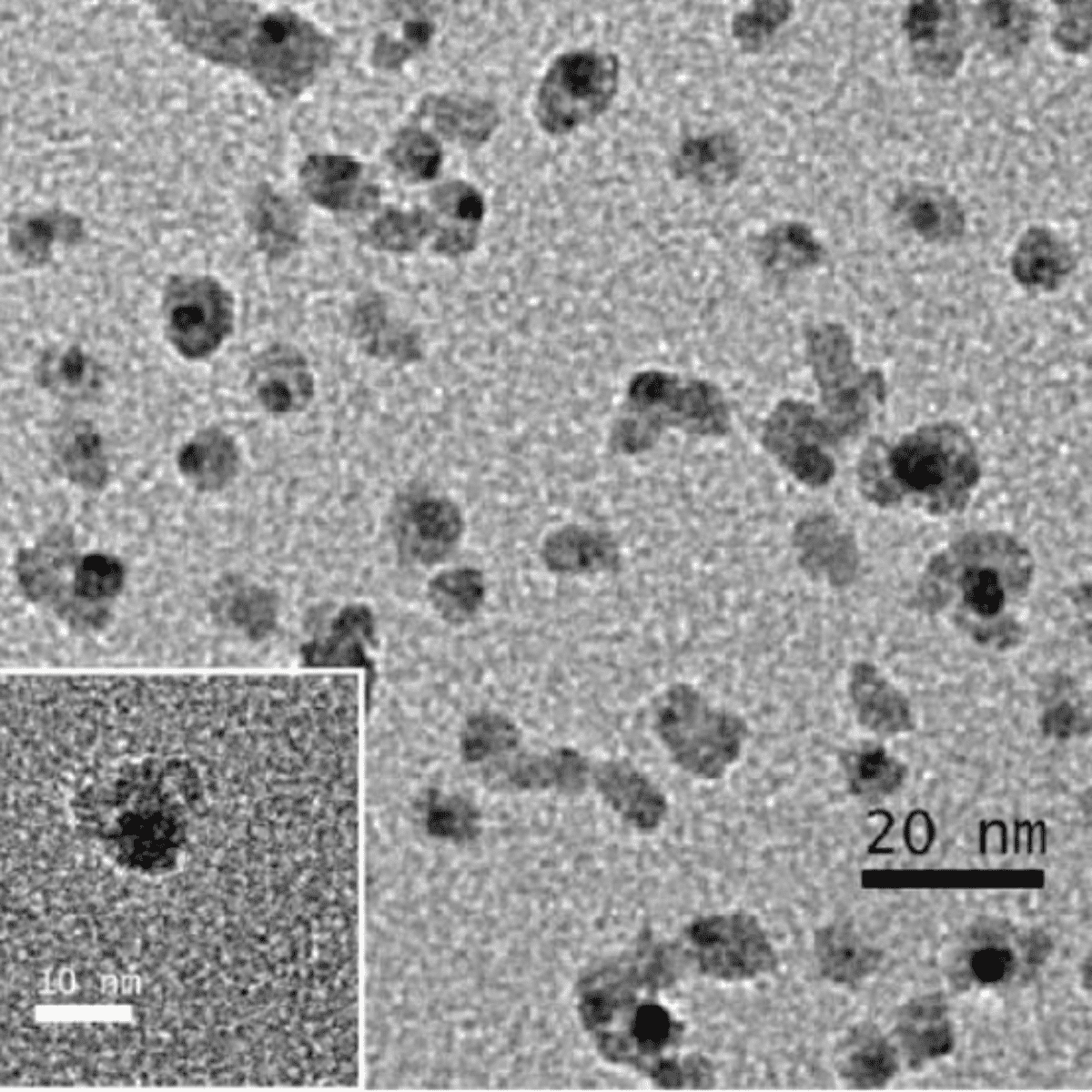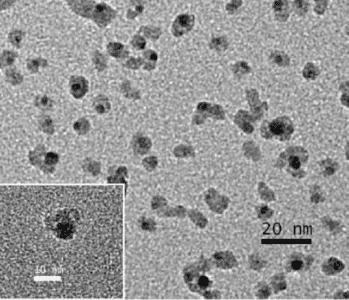
Results have potential applications in the production of biomedical images and in the detection of individual molecules
Due to their extremely small size, and properties adaptable to virtually any application, nanoparticles have been attracting the interest of a wide range of science and technology fields. The characteristics of these tiny particles can be controlled by means of their composition, size and shape. Additionally, by combining different materials, it is possible to include different properties in the same nanoparticle or to make new properties emerge.
Furthermore, depending on the crystalline structure and the miscibility of the precursor materials at the nanoscale, they may segregate into different structures, such as core-shell – in which the nanoparticles’ core and surface are each composed of different materials – or Janus – in which the surface of the nanoparticles is composed of two or more materials.
Hence, there is great interest in combining two of the most prominent metals in the production of nanoparticles: iron ($\rm Fe $) and silver ($\rm Ag $). However, there are numerous experimental difficulties to overcome because of their thermodynamic properties that prevent their miscibility or even coalescence.
Recently, Julien Ramade et al. [1] performed the complete characterization of physically prepared Fe50Ag50 nanoparticles embedded in carbon and silica matrices by electron microscopy, optical spectroscopy, magnetometry and synchrotron-based X-ray spectroscopy.

Electron microscopy images of the FeAg nanoparticles in which the structure similar to fried eggs can be observed.
The researchers used the PGM beamline at the Brazilian Synchrotron Light Laboratory (LNLS), which allowed quantifying the magnetic moments per iron atom and verifying the chemical state of the iron containing region of the nanoparticles as a carbon-rich amorphous iron carbide.
The structure of the nanoparticles is, however, surprising: iron and silver are completely segregated in structures that resemble fried eggs with a near-spherical region of silver surrounded by an amorphous structure of carbide or iron oxide, depending on the environment of the particles. Consequently, the particles exhibit both the plasmonic absorption corresponding to the silver nanospheres in an oxide environment, and a reduced but measurable magnetic response.
The prospect of combining magnetic and plasmonic properties into a single nanoparticle promises innumerable technological applications in fields such as the production of biomedical images or the detection of individual molecules. However, these nanoparticles are also very interesting from a fundamental point of view, as they allow studying the same system from several, complementary angles.
Source: [1] Julien Ramade, Nicolas Troc, Olivier Boisron, Michel Pellarin, Marie-Ange Lebault, Emmanuel Cottancin, Vitor T. A. Oiko, Rafael Cabreira Gomes, Varlei Rodrigues, Matthias Hillenkamp, Nano-fried-eggs: Structural, optical, and magnetic characterization of physically prepared iron-silver nanoparticles, Nano Res. (2018). DOI: 10.1007/s12274-018-2125-6
Research investigates use of nanoparticles for advanced oil recovery
Research opens perspective for treatment of several diseases tailored to the needs of each patient